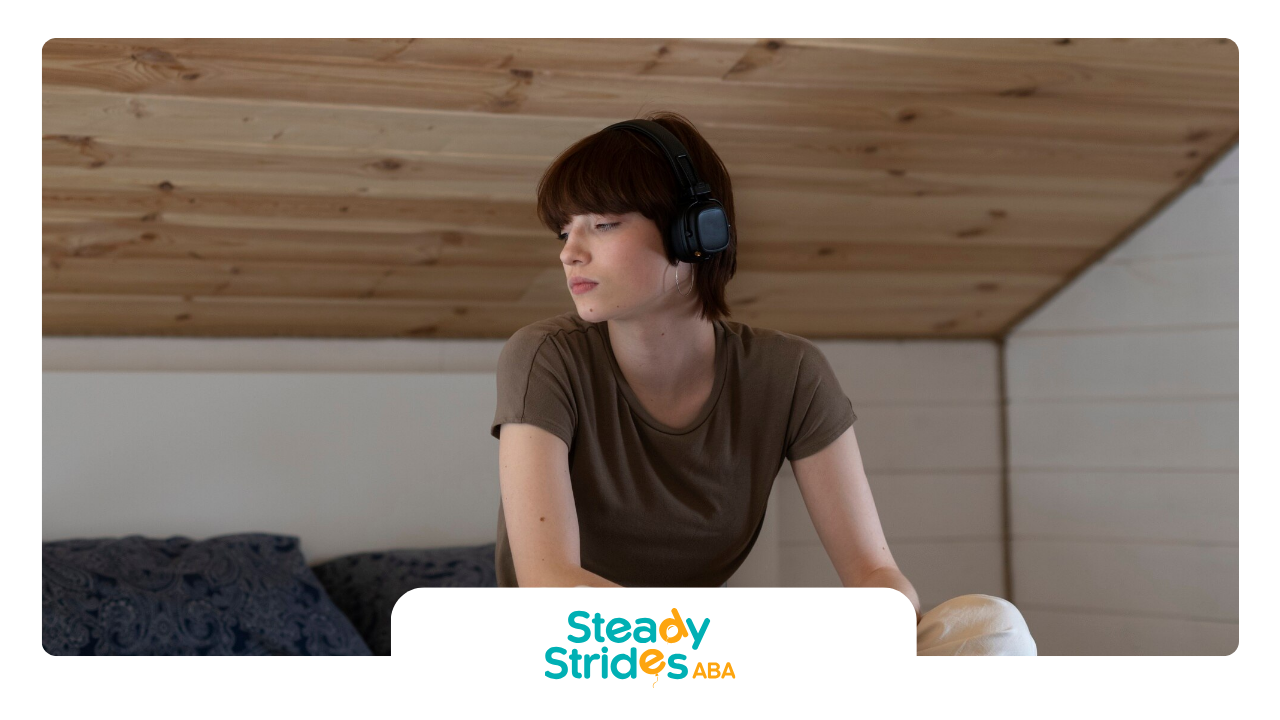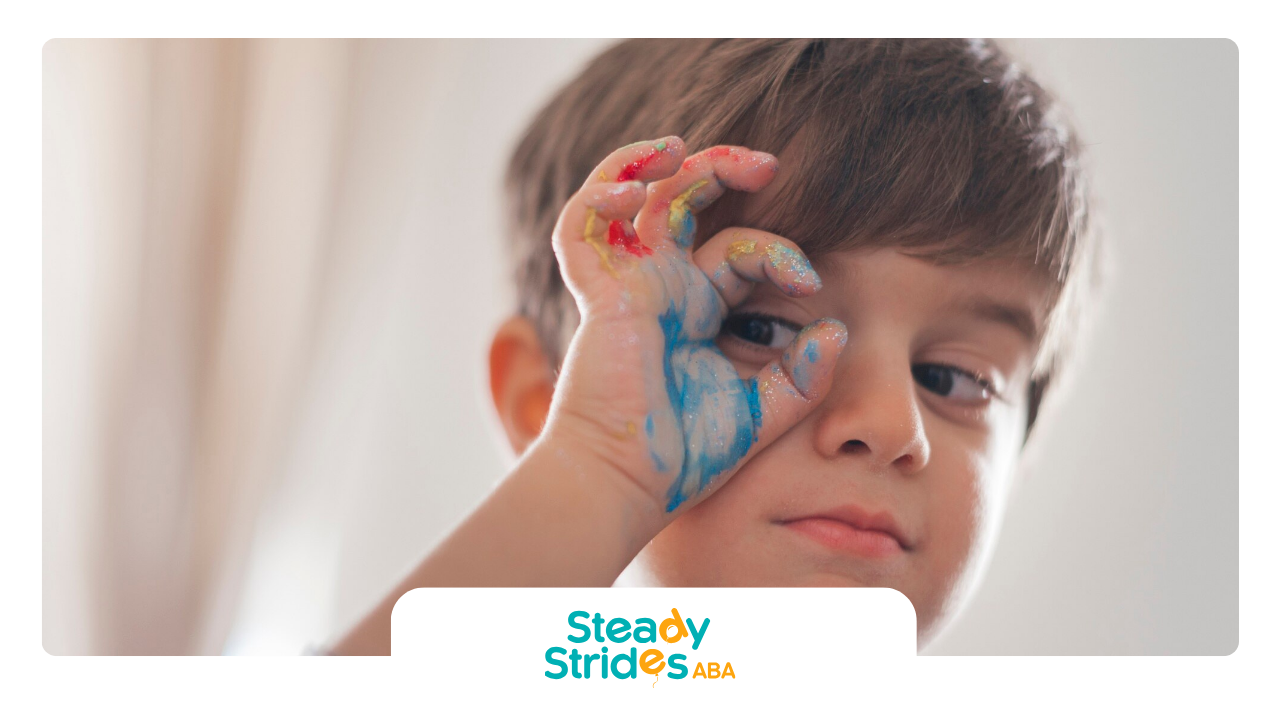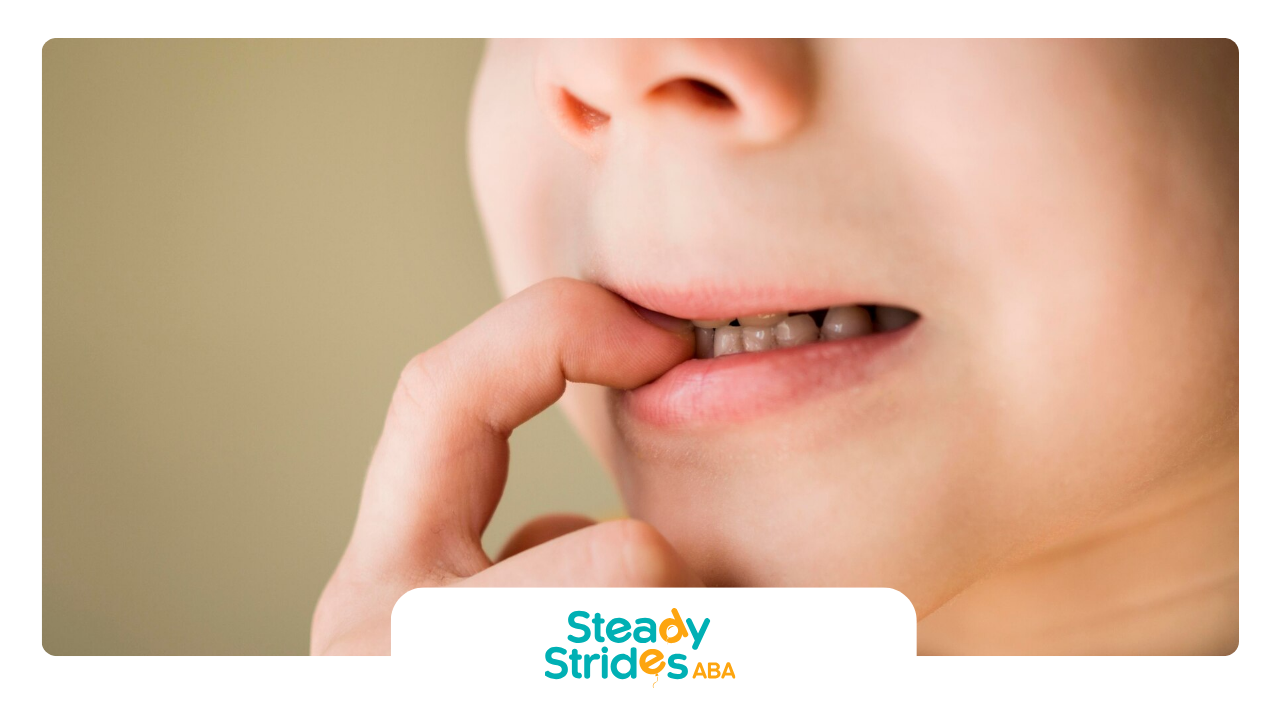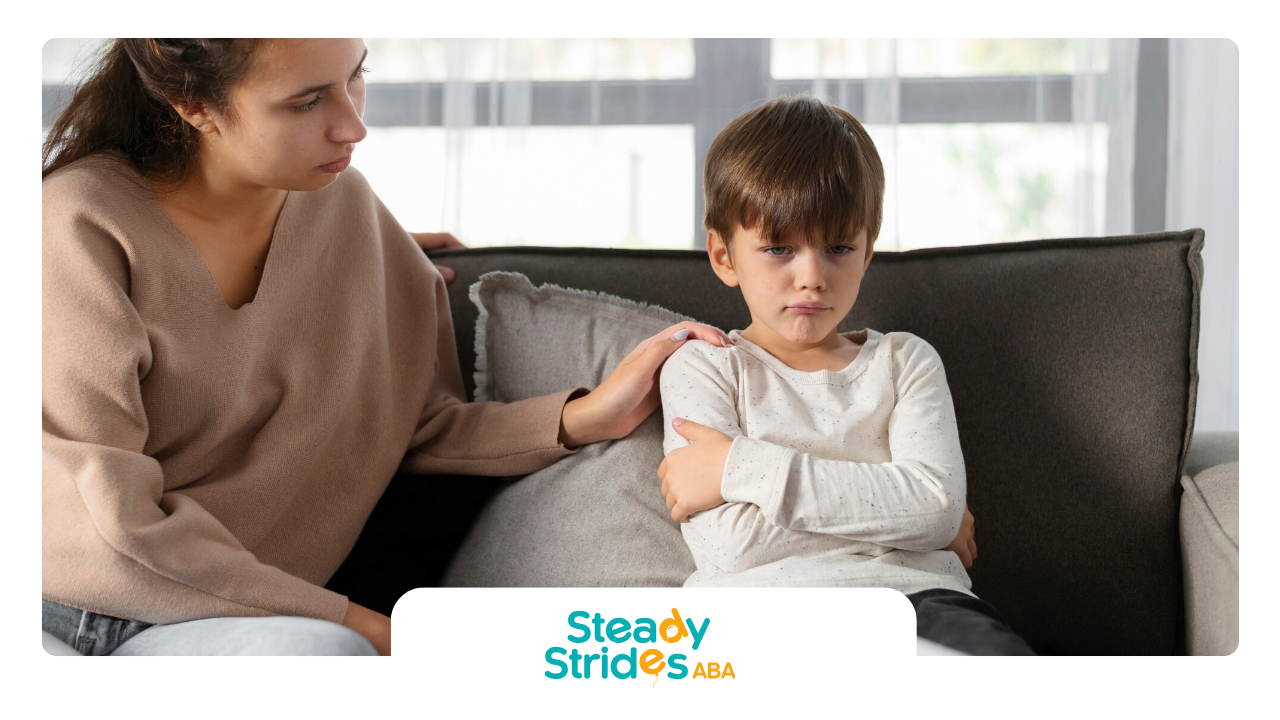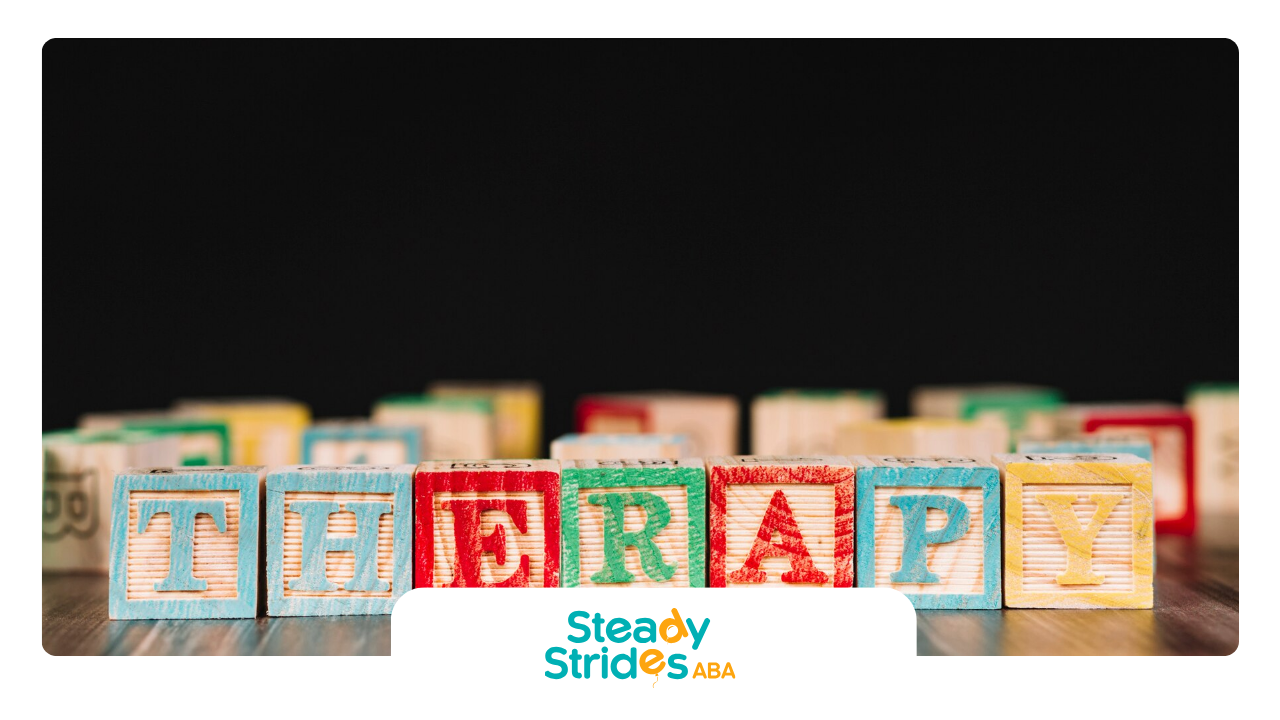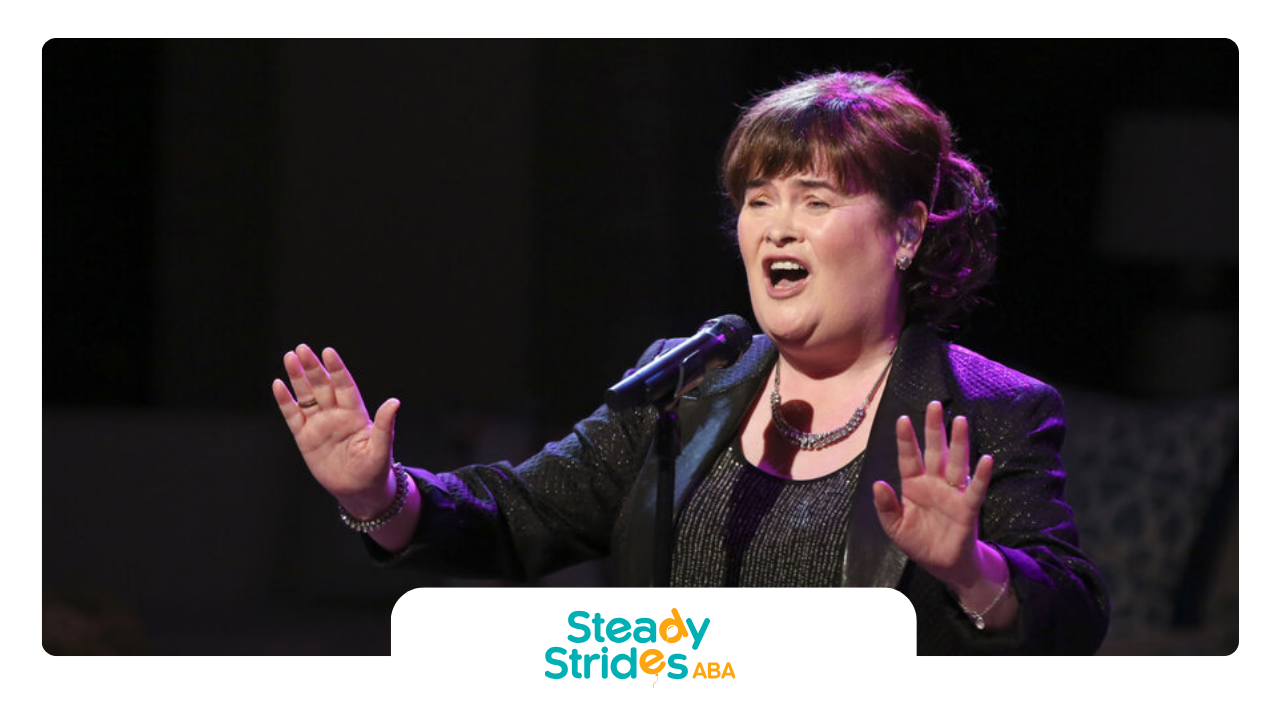Understanding Autism and Sensory Toys
Autism Spectrum Disorder (ASD) and sensory toys are game-changers for kids with autism. Knowing about both can help parents, therapists, and teachers create a nurturing space for growth and learning.
What is Autism Spectrum Disorder (ASD)?
Autism Spectrum Disorder is a brain and developmental condition that affects how people interact, communicate, learn, and behave. Signs usually show up in the first two years of life, making it a "developmental disorder".
Kids with ASD might struggle with social communication, like reading body language, making friends, and sharing emotions. They might also have repetitive behaviors, like doing the same actions over and over, sticking to strict routines, or having intense interests in certain topics.
Why Sensory Toys Matter for Autistic Kids
For kids on the autism spectrum, sensory toys are lifesavers. They offer safe ways to play and explore, helping with focus, stress relief, and anxiety. These toys engage the five senses—sight, sound, touch, smell, and taste—providing controlled sensory input that helps kids manage their sensory experiences.
Sensory toys can make a huge difference for autistic kids by addressing their sensory sensitivities and encouraging sensory exploration. This helps improve sensory processing and integration, making everyday activities more comfortable and engaging.
These toys are designed to stimulate one or more senses, helping kids with ASD find calm and meet their sensory needs. The feedback from sensory toys helps regulate their sensory systems, which is super important for their well-being.
Sensory items, including various sensory toys for children with autism, help kids manage and soothe themselves in different sensory situations. They also support the development of crucial social skills, like planning, negotiating, and sharing.
By understanding ASD and the role of sensory toys, you can better support the development and sensory integration of autistic kids, improving their quality of life and ability to engage with the world around them. For more info on therapeutic and educational toys for autistic children, or to check out interactive toys for autistic children, visit the linked resources.
Types of Sensory Toys for Autism
Picking the right sensory toys for children with autism can make a big difference in their growth and sensory integration. There are tons of toys out there designed to meet the unique sensory needs of kids on the autism spectrum. These toys engage different senses like sight, sound, and touch, offering positive sensory experiences that can help with self-regulation and motor skills.
Visual Stimulation Toys
Visual stimulation toys grab kids' attention with light, color, and movement. These can be anything from simple lava lamps and liquid timers to more complex light-up toys that create a calming visual effect. Playing with these toys helps kids with autism process and respond to what they see around them.
Popular visual stimulation toys include:
- Lava lamp
- Liquid timers
- Fiber optic lights
- Projectors showing calming scenes
These toys not only entertain but also help develop visual tracking skills and provide comfort for kids who crave visual input.
Musical Instruments for Sensory Play
Musical instruments can be amazing therapeutic toys for autism, offering sensory play and a chance for creative expression. Instruments like drums, xylophones, and simple keyboards let kids explore different sounds and rhythms. Playing with musical instruments can boost sensory processing, especially auditory processing, and is a fun way for kids to communicate without words.
Examples of musical instruments for sensory play:
- Hand drums
- Xylophones
- Maracas
- Rainmakers
These instruments give auditory feedback that can be either stimulating or soothing, depending on what each child prefers.
Textured and Tactile Toys
Textured and tactile toys are a must for kids who love hands-on exploration. These toys come in all sorts of forms, like textured balls, fidget toys, and chewable items, each offering a unique tactile experience. Tactile toys can help improve fine and gross motor skills by engaging the sense of touch and can also calm kids who feel overwhelmed.
A variety of textured and tactile toys includes:
- Sensory balls of different textures and sizes
- Fidget spinners and cubes
- Scented playdough
- Chewable toys or jewelry
These tactile items not only help develop grip strength and coordination but also foster a sense of calm and focus.
By adding different types of sensory toys to playtime, kids with autism can get controlled sensory input, helping them learn to manage their sensory experiences. These toys also offer chances to develop social skills like sharing and taking turns. For more sensory play options, check out educational toys for autistic children and interactive toys for autistic children that cater to various developmental needs and preferences.
Why Sensory Toys Rock for Kids with Autism
Sensory toys are game-changers for kids on the autism spectrum. They create a safe space for sensory play, which is super helpful for those with Autism Spectrum Disorder (ASD). Let's break down why these toys are so awesome.
Tackling Sensory Sensitivities
Kids with autism often have unique sensory needs. They might be super sensitive or not sensitive enough to things like touch, sound, or light. Sensory toys can help balance this out. For instance, weighted blankets can calm kids who need more sensory input by boosting serotonin and cutting down cortisol, making them feel more relaxed.
Boosting Sensory Skills
Sensory toys are like mini-gyms for the senses. They help kids with autism focus and get involved in everyday activities. These toys give feedback to the sensory system, helping kids manage their sensory needs better. This can make them feel more comfortable and less stressed.
Making Kids Feel Good and Get Involved
Sensory toys can make a big difference in how comfortable and engaged kids with autism feel. They let kids control their sensory world, which can make them feel safe and secure. Plus, these toys can help with social skills like planning and sharing, and even improve motor skills. For example, sensory balls with different textures can help with grip strength and coordination, giving kids a fun and calming tactile experience.
The magic of sensory toys lies in picking the right ones for your child. They're not just therapeutic; they're also fun and educational, helping your child grow in many ways. For more tips on choosing the best sensory toys, check out our articles on therapeutic toys for autism, educational toys for autistic children, and interactive toys for autistic children.
DIY Sensory Toys for Autism
Making sensory toys at home can be a game-changer for kids with autism. These homemade goodies can be customized to fit your child's unique needs, making playtime both fun and educational.
Budget-Friendly Fun
DIY sensory toys are easy on the wallet. You can whip up these toys using stuff you probably already have lying around the house or pick up cheap materials from the store. No need to break the bank. For example, sensory bottles filled with water, glitter, and food coloring can be a mesmerizing toy that costs next to nothing. These affordable options can provide engaging sensory activities without the hefty price tag.
Make It Personal
One of the coolest things about DIY sensory toys is that you can make them just the way your child likes. If your kid loves certain textures or colors, you can create sensory bags or pillows that feature those elements. This makes the toy more appealing and enhances their sensory experience. By adding elements that your child loves, these toys can become powerful tools for therapeutic play.
Tailor-Made for Your Child
DIY sensory toys can be adapted to tackle the specific challenges your child might face. Sensory balls, for example, can help improve motor skills and offer a calming tactile experience. You can make them with different textures and sizes to help with grip strength and coordination. When making these toys, keep your child's developmental level and sensory sensitivities in mind. Make sure the toys are fun but also safe, avoiding small parts that could be choking hazards, especially for kids who like to put things in their mouths.
By getting creative with DIY sensory toys, you can provide your child with a range of educational and interactive toys that are not only fun but also help with their development. These homemade toys can support sensory regulation and boost social skills like planning and sharing, all while giving your child a sense of control in different sensory environments.
Picking the Perfect Toys for Kids with Autism
Finding the right toys for children with autism can make a big difference in their development and happiness. It's important to think about what they like, their safety, and if the toy is right for their developmental stage.
What They Love
When looking for toys for kids with autism, it's key to focus on what the child enjoys. Toys that match their interests can bring them comfort and joy. For instance, if a child loves animals, a toy with animal figures or a nature theme might be a hit. Asking the child or their family for ideas can help you pick a toy they'll really love. The Autism Research Institute suggests focusing on the child's likes rather than just their age or gender.
Keeping It Safe
Safety is a big deal when choosing toys. Make sure the toys meet U.S. health and safety rules. Avoid toys with small parts that could be choking hazards, especially if the child likes to put things in their mouth. Think about the child's developmental stage, not just their age. A toy that fits their abilities will be more fun and less frustrating. For toys that need adult help, like science kits or board games, it's a good idea to check with parents or plan to help the child yourself, as the Autism Research Institute advises.
No Small Parts, Please
Choking is a real worry, especially for kids who might not use toys as expected. Check toys for small, detachable parts and read labels for age recommendations that consider choking risks. If you're unsure, go for bigger toys or ones made to be mouthed. Safety isn't just about choking; toys should also be free of toxic materials and sharp edges. Parents and caregivers can find safe options like sensory toys for kids with autism and educational toys for autistic children.
Wrapping It Up
Choosing toys for kids with autism should be thoughtful, focusing on what they like, making sure the toys are safe, and matching their developmental level. The right toy can be more than just fun; it can help them learn, explore, and feel comforted. For more ideas, check out therapeutic toys for autism and interactive toys for autistic children that are made to meet their needs.
Play Therapy for Kids with Autism
Play therapy is a game-changer for kids with Autism Spectrum Disorder (ASD). It helps them communicate, express themselves, and build social skills. By diving into play therapy, children with autism can tackle social and emotional challenges in a setting that respects their unique quirks and preferences.
Child-Centered Play Therapy
Child-centered play therapy (CCPT) is all about letting the child take the wheel. The therapist joins the child's play world, letting them pick toys and activities they like. The therapist's job? Just be supportive, understanding, and accepting. Research shows that CCPT can seriously reduce core ASD symptoms like attention issues and aggressive behaviors.
This therapy builds a strong bond between the child and the therapist. Instead of direct training, interventions come naturally from this connection. The main goal is to accept the child as they are, understand their unique way of communicating, and guide them towards healthier self-expression.
Floor Time Play Therapy
Floor time play therapy is another great method for kids with autism. Here, the caregiver or therapist follows the child's lead during play. The idea is to meet the child at their developmental stage, expand on their interests, and build meaningful interactions and relationships through play.
Studies show that floor time therapy boosts overall development in kids with autism. By getting down to the child's level and interacting with them, therapists and caregivers can encourage emotional and social growth, setting the stage for better communication and social skills.
Boosting Social Skills
Kids with ASD often struggle with social interactions like sharing experiences, understanding others' feelings, and taking turns. Play therapy offers a fun and natural way for kids to develop these crucial skills.
Through play, kids learn to express themselves using toys and activities, which is super helpful for those who find talking tough. Play therapy isn't just about having fun; it's a strategic way to help kids with autism adapt their behavior, express emotions non-verbally, and build social connections.
When starting play therapy, it's important to consider the child's interests and developmental level. Parents and caregivers should pick developmental toys for autism that match the child's preferences and can be used effectively in therapy. Adding educational toys and interactive toys can make play therapy even more enriching, helping kids explore new ways of interacting and learning while having a blast.
In a nutshell, play therapy is a powerful tool for helping kids with autism grow. By using child-centered and floor time play therapy techniques, therapists and caregivers can create a supportive environment where kids can express themselves and sharpen their social skills. The ultimate goal is to help kids interact more effectively with others and navigate their world with greater ease and confidence.



